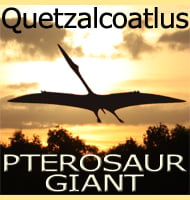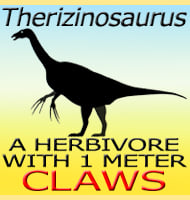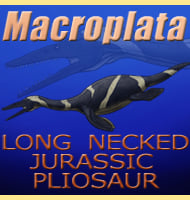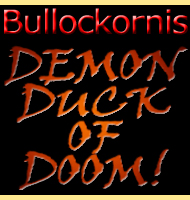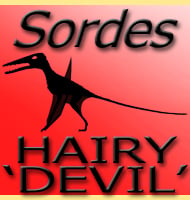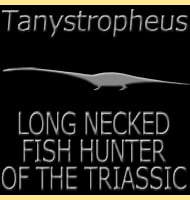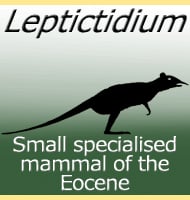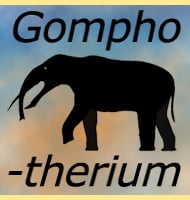In Depth
As a member of the Anurognathidae, Batrachognathus is seen as being related to other pterosaurs such as Dendrorhynchoides, Jeholopterus and Anurognathus itself. Unfortunately Batrachognathus has also suffered from being damaged during the fossilisation process with the tall and broad skull being broken into several pieces as it lay under pressure in the lacustrine sediment.
Back in the Jurassic the area that the Batrachognathus holotype specimen was recovered from would have been a lake environment, and a perfect breeding ground for the insects that would have presumably been the preferred prey of Batrachognathus. Evidence for this feeding style comes from the recurved conical teeth, and the short broad snout making it easier for Batrachognathus to trap flying insects within its maw.
Further Reading
– Remarks on a flying reptile from the Jurassic of the Kara-Tau. – Akademia Nauk, Paleontological Institute, Trudy, 15(1): 86-93. – A. N. Ryabinin – 1948.

